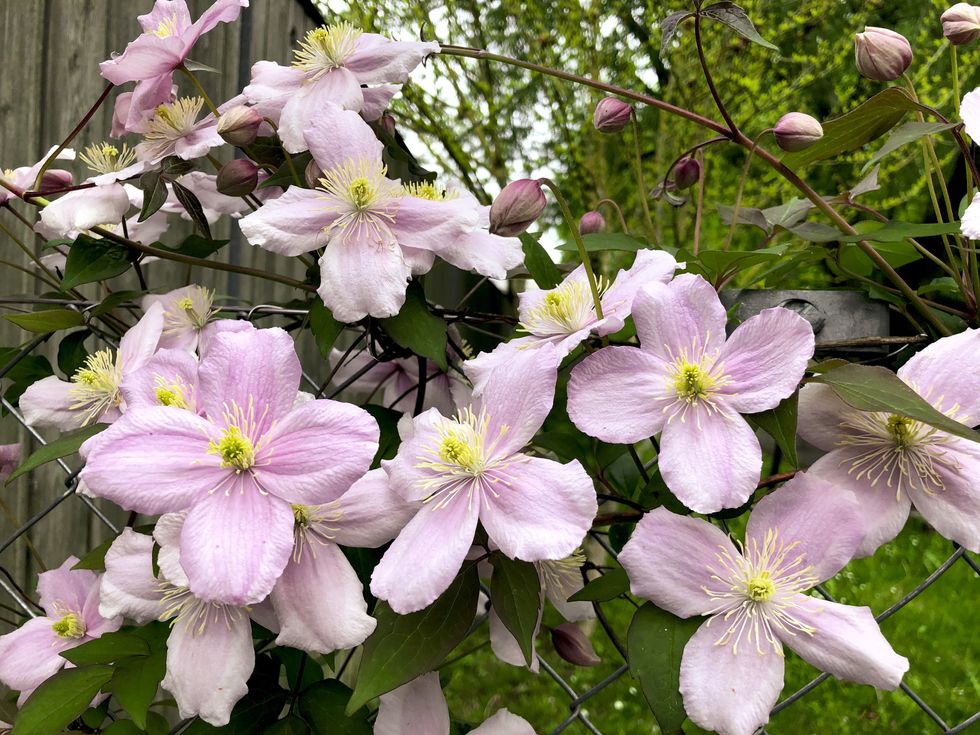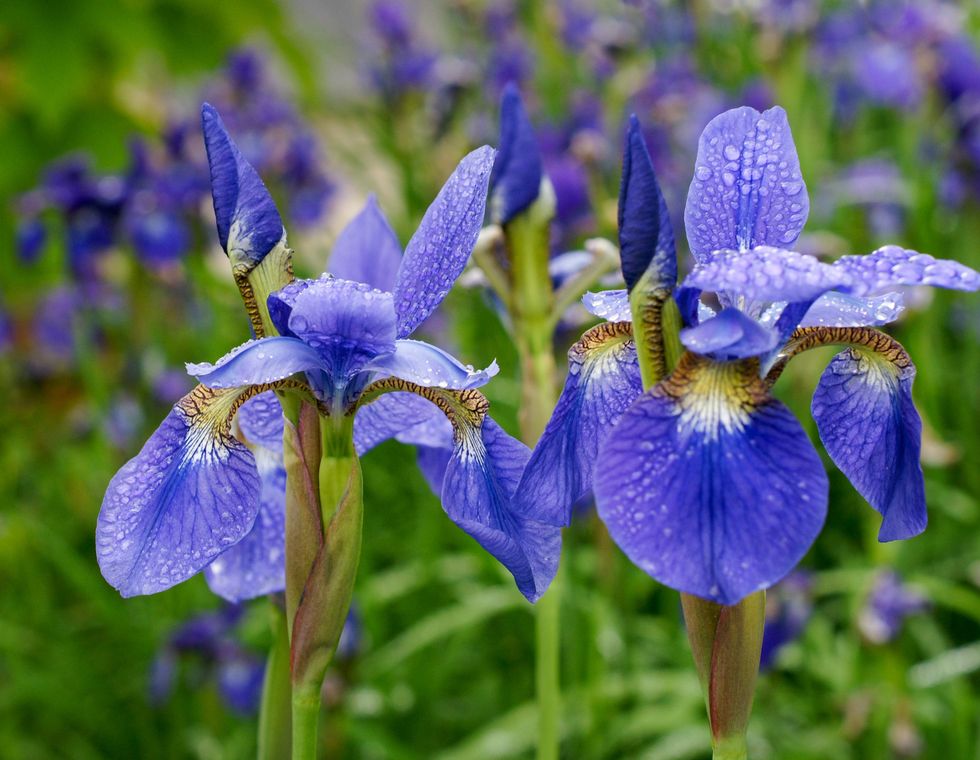Seven flowers to plant now to add life to your garden during winter - including 'low-maintenance' blooms

The best flowers to plant now have been shared
Don't Miss
Most Read
Latest
Autumn and winter don't need to be dormant seasons for your outdoor space.
An expert suggested that with the right choice of plants, your garden can thrive even in the coldest months.
Expert James Ewens from Alexander Francis said: "Many plants are great for colder seasons."
He recommended focusing on flowers, scents, berries and evergreen foliage to bring colour and warmth to your garden during autumn and winter.

Clematis Cirrhosa were on the list
|GETTY
James highlighted seven specific plants that can add life to gardens during the colder months.
These include the Strawberry Tree, Clematis Cirrhosa, Witch Hazel, Winter Iris, Elaeagnus pungens, Mahonia × media 'Charity', and Clematis cirrhosa var. balearica.
Each of these plants offers unique characteristics that make them suitable for autumn and winter gardens.
Strawberry Tree
The Strawberry Tree, or Arbutus unedo, is a versatile plant for colder months. It produces clusters of white or pink-tinged bell-shaped flowers from October to December.
James noted: "It can be grown in large containers, making it a good choice for patios or courtyards."
Its drought tolerance makes it suitable for sloping areas or banks where soil drainage might be challenging for other plants.
Clematis Cirrhosa
This evergreen climber is a winter wonder. James described it as a plant that "retains its green leaves throughout the whole year, and delights gardeners with its bell-shaped, creamy white or pale yellow flowers from November to March."
Its cascading flowers make it ideal for pergolas or doorway displays, adding a touch of elegance to winter gardens.
Witch Hazel
Hamamelis × intermedia, commonly known as Witch Hazel, is a top pick for winter gardens. It blooms from December to March, producing unique spidery, ribbon-like flowers in yellow, orange, or red.
The expert said: "The magical thing about this plant is that many give off a sweet, spicy scent that can be enjoyed even on cold days." He added that these plants are known for their durability, even appearing when snow covers the ground.
Winter Iris
The Winter Iris, or Iris unguicularis, is a versatile plant suitable for various garden settings. It can be good for borders, rock gardens or pots.
James continued: "It is relatively low maintenance for those who aren't gardening fanatics, but will give you the results of an expert with its beautiful lilac and pale purple blooms from October to March." He advised placing it in a sunny, warm spot for optimal growth.
LATEST DEVELOPMENTS

Winter Iris flowers can thrive at this time of year
| GETTYElaeagnus pungens
Elaeagnus pungens, also known as Maculata Elaeagnus, is an evergreen shrub prized for its large leathery leaves with bright yellow centres. The gardening pro highlighted its autumn appeal, stating: "In autumn, they grow delicate silvery white flowers that are highly fragrant and attract pollinators too."
This weather-resistant plant is versatile, working well as a standalone feature, in mixed borders, or as a hedge.
Mahonia × media 'Charity'
The Mahonia × media 'Charity' is a winter wonder, producing long, spiky clusters of bright yellow flowers throughout autumn and winter. James said: "After blooming, it produces clusters of blue-black berries, which are a food source for birds once they come out of hibernation."
Its spiny leaves add structure to the garden and can serve as a backdrop for other feature plants like the strawberry tree or witch hazel.
Clematis cirrhosa var. balearica
This unusual clematis variety blooms from late autumn to early spring. Its flowers as "creamy white or pale green with brown specks inside."
The expert continued: "Its fine and glossy leaves offer colour all year round." As a climber, it can be used to create eye-catching features on trellises, fences, or walls, adding a focal point to winter gardens.










